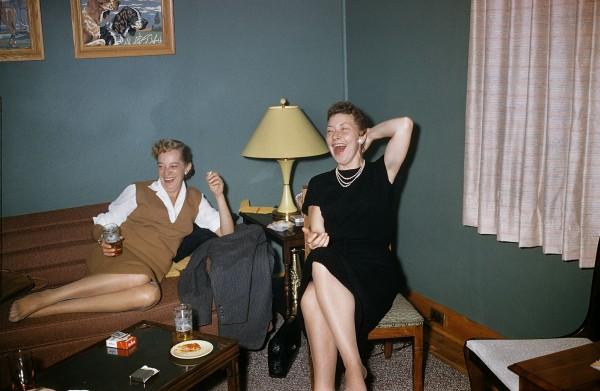The Anonymous Project’s goals are to collect, scan, and catalogue colour photographic negatives and slides from the last 50 years.
The emphasis in the media coverage has been on the latter which have been said to need rescuing in this way before deterioration.
I am very keen on the slides we have, especially those from the 1950s and 1960s, which I like to look at through a viewfinder. They not only convey an atmosphere of those times via the buildings, vehicles and fashions but also in the distinctive colour of slide photography which, with hindsight, is as much about style as realistic imaging. Would any technical aspects be able to advise me how long they are likely to last as I would like to know if quality deterioration is a matter of real urgency : 10, 20, 50, 100 years before they would be unusable?
Also, I am not entirely convinced that the transferring of such photography in the ways undertaken by "The Anonymous Project" is completely successful in terms of maintaining the original colour. It would be helpful to have additional thoughts on how that colour could be an absolute replica in any copying of slide photos onto modern and/or into technology.
The emphasis in the media coverage has been on the latter which have been said to need rescuing in this way before deterioration.
I am very keen on the slides we have, especially those from the 1950s and 1960s, which I like to look at through a viewfinder. They not only convey an atmosphere of those times via the buildings, vehicles and fashions but also in the distinctive colour of slide photography which, with hindsight, is as much about style as realistic imaging. Would any technical aspects be able to advise me how long they are likely to last as I would like to know if quality deterioration is a matter of real urgency : 10, 20, 50, 100 years before they would be unusable?
Also, I am not entirely convinced that the transferring of such photography in the ways undertaken by "The Anonymous Project" is completely successful in terms of maintaining the original colour. It would be helpful to have additional thoughts on how that colour could be an absolute replica in any copying of slide photos onto modern and/or into technology.


Comment